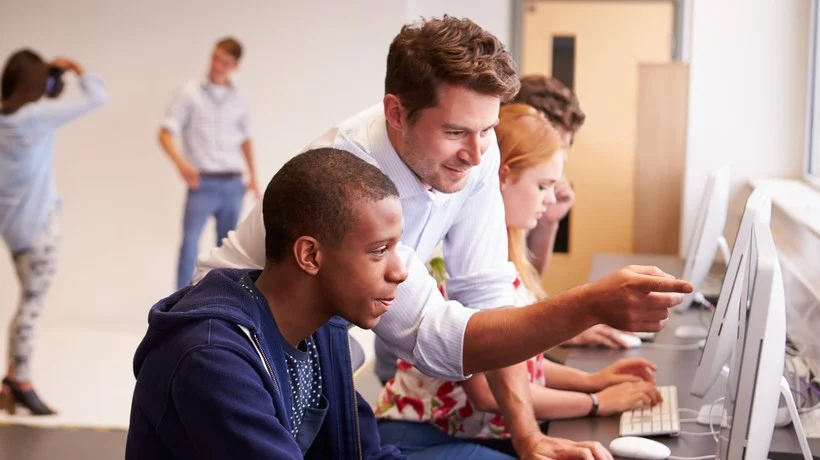Academic success in science and technology is a challenge in Quebec, as it is elsewhere in the world. In the United Kingdom, the Education Endowment Foundation recently issued a series of recommendations for improving the quality of science and technology education. The report, based on evidence-based research, proposes concrete avenues for action. Here is a summary.

Building around the student’s initial conceptions
Young people arrive in class with their representations of the world around them. Teachers must not ignore these preconceptions. Rather, they must understand their origins and then work to develop students’ critical thinking skills through cognitive conflicts and discussions. Misconceptions don’t disappear; they evolve. These conceptions must be given time to evolve, and students must be made aware of them.
Helping students self-regulate their learning
It is through metacognition that students achieve self-regulation. Metacognition must be integrated into learning situations to be effective. To do this, teachers can make it explicit and model it by verbalizing their thoughts, approaches, or strategies. Group discussion and argumentation, where statements are supported by facts, constitute another way for students to self-regulate.
Use models to support understanding of concept.s
Because our world is complex, models allow students to bridge the gap between their representations and new conceptions. Their use is therefore essential, provided that the model is not too far removed from the student’s initial representation. To maximize the impact of models, the teacher must invite students to critique them and identify their limitations.
Helping students retain information and access their learning
Science and technology courses require the memorization of a large amount of information. Teachers must be aware of the cognitive load required and take steps to reduce it. To ensure long-term retention, one effective technique is to revisit previous learning as often as possible and ask students to elaborate on what they have learned.
Use practical activities wisely and in a learning sequence.ce
Practical activities should not be used for student entertainment. The teacher must define their learning intentions and stick to them. A laboratory activity alone cannot teach a concept. It must be part of a structured teaching sequence. Students should experience a variety of approaches and processes. Open-ended tasks are the most effective pedagogically.
Develop scientific language and encourage scientific reading and writing.
Science and technology lessons involve a lot of new vocabulary. Teachers must consciously choose words and ensure that students understand them. They should focus on quality rather than quantity. They can support understanding by teaching the meaning of word roots, prefixes, and suffixes, for example. Teachers should provide activities that require reading age-appropriate scientific texts and writing explanatory texts.
Giving Effective Feedback
To be effective, student feedback must be specific, frequent, and clear. Since students don’t always understand the feedback given by the teacher, the teacher must ensure that it is as clear as possible. Peer assessment, often overlooked, also provides excellent feedback. Comments have a much greater impact on learning than a simple grade, and questioning is also a very powerful form of feedback.

